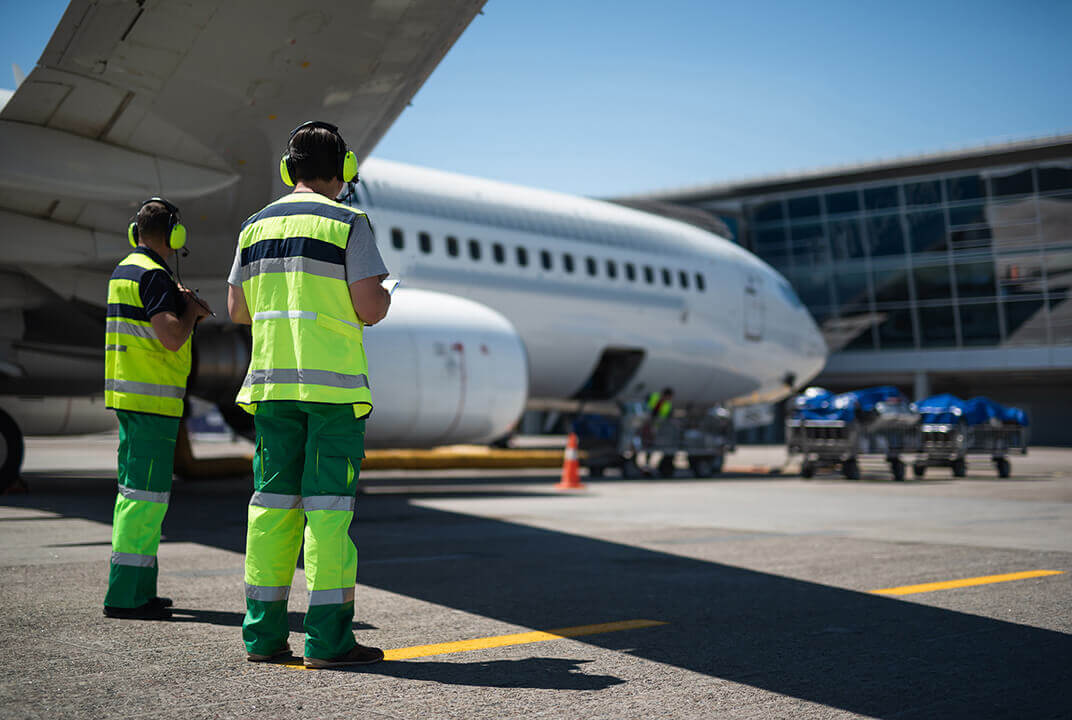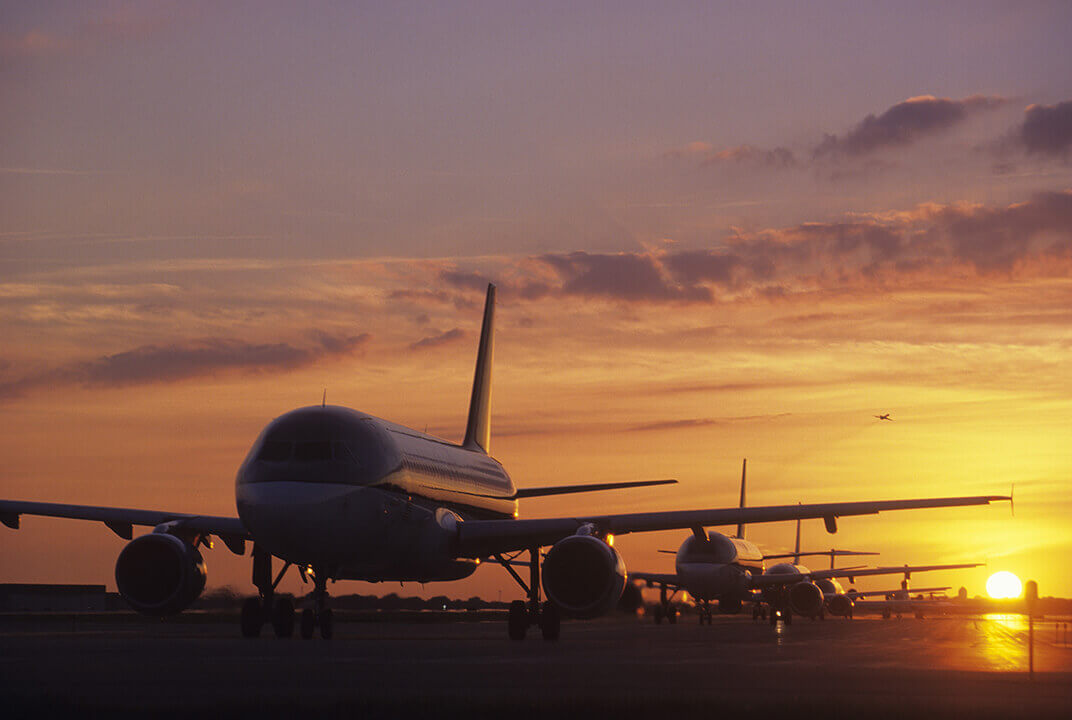Insight | Connected aircraft to save aviation industry $15 billion per year by 2035
Connected aircraft to save aviation industry $15 billion per year by 2035
Aviation
From online banking to e-commerce, a number of terrestrial markets have experienced significant digital transformation over the past decade. Now, the changes witnessed on the ground are taking to the skies and bringing the aviation industry into the digital age. The connected aircraft, facilitated by satellite communications, is at the heart of the biggest transformation we’ve seen in the industry for several decades.
Never before have the commercial benefits of the connected aircraft been fully assessed. Sky High Economics, conducted by the London School of Economics and Political Science (LSE) in association with Inmarsat, is the first study of its kind to comprehensively model the economic impact of enhanced inflight connectivity. High-speed connectivity promises to take the aviation industry in many new directions; the report focuses on mapping out these routes, quantifying their commercial value now and in the future as the adoption of connected aircraft becomes more widespread.
The first instalment of the report, launched at APEX Expo in 2017, focused on the opportunities of passenger connectivity. It predicted that the booming passenger inflight Wi-Fi market will be worth $130bn by 2035, resulting in $30bn in additional revenue for airlines. From broadband access revenue to premium content, the study revealed a wealth of ancillary revenue opportunities available to airlines through monetising the inflight Wi-Fi experience.
On 19 June, I was delighted to unveil the second instalment of the series: Evaluating the Economic Benefits of Connected Airline Operations. This report shines a light on how secure, high-quality connectivity can deliver powerful operational efficiencies, with resulting advantages for safety and the environment. These efficiencies translate into fuel savings, reductions in delays, innovations in maintenance processes, air traffic management enhancements, safety improvements and others. The benefits it will have on customer-facing processes, customer behaviour and loyalty will be the topic of our third chapter in the series.
Based on current connected aircraft numbers, the LSE research finds that together these efficiencies can generate up to a 1% reduction in the $764 billion spent by airlines each year in operating costs worldwide. This is impressive, as it equates to 20% of the current global aviation industry net profit (2018 forecast, $38.4 billion). And as the adoption of connected aircraft is set to rise exponentially, this is expected to double, saving airlines $14.9 billion globally by 2035.
These cost savings break down into a number of benefits. Thanks to enhanced communication to and from the cockpit, fuel efficiencies of 2.5% could be achieved – that’s an annual reduction of 8.5 billion litres and 21.3 million less tonnes of CO2. To put this into context, the current IATA global target for reducing CO2 emissions is an improvement in fuel efficiency of 1.5% per year. In addition, where connectivity is fully utilised in disruption management to reduce the impact of delays, cancellations and diversions, annual savings have potential to reach $11 billion by 2035.
In an industry with continuous pressure on margins that has exhausted traditional areas of optimisation, digital transformation and the real-time, cross-silo optimisation of activities it enables, presents opportunities for another step change in reducing operational costs.
At Inmarsat, as we’re working with a growing list of airlines adopting connectivity across the entire aircraft from cabin to cockpit. Through our investments in next-generation low cost, abundant bandwidth networks, we’re helping airlines realise new revenue streams and achieve striking operational efficiencies while managing the secure segregation of passenger and mission-critical safety data.
Inmarsat’s GX Aviation brought reliable, high-speed internet to airline passengers for the first time. The launch of our SB-S service now brings quality, IP-secure internet to the flight crew. With SB-S, previously single-purpose aircraft systems become distributed and integral parts of an airline’s cloud computing network, enabling new capabilities from visual real-time weather updates to inflight health and performance monitoring. This technology is also driving digital datalink air traffic management, ushering in improvements in communication, navigation and surveillance.
This report demonstrates that the connected aircraft is a shrewd strategic investment; unrivalled access to real-time data is key to making airlines’ operational environments more dynamic. Leading airlines have started down the path of digital transformation to drive down bottom-line operating costs while reducing emissions and improving safety. Additionally, enhanced connectivity is becoming a necessity to sustain capacity growth as our skies become busier. With finite airspace available to accommodate increasing passenger numbers, smart airlines anticipate and consider the technology and infrastructure they need to future-proof their operations.
About the author
Frederik van Essen joined Inmarsat in August 2015 and currently oversees market and business development for the company’s fast-growing aviation unit. He is based in Nyon, Switzerland.
Prior to Inmarsat, Frederik worked at Air France-KLM for almost a decade, holding a number of senior management roles, including Director of Corporate Strategy and Director of Communications and Database Marketing.
Frederik has an MBA from RSM/Erasmus University, Rotterdam and an MSc in electrical engineering from Delft University of Technology. He is fluent in Dutch and English.


